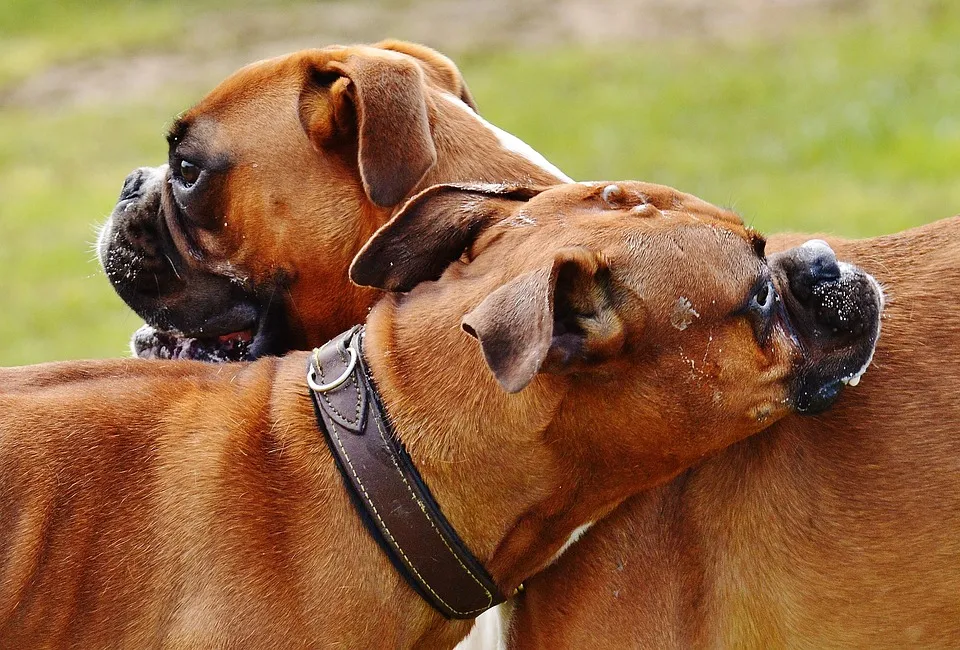Dogs are a part of the family for many people. They provide companionship, love, and sometimes even security. But where do dogs come from? How did they become such an important part of our lives? In this blog post, we will explore the history of dogs and their origins. Stay tuned for some interesting facts about man’s best friend!
Common Theory Related to Dogs Origins
One of the most common questions animal lovers ask is: where do dogs come from? Although there is no definitive answer, there are several theories that attempt to explain the origins of our furry friends.
One popular theory suggests that dogs are descended from wolves. According to this theory, early humans began domesticating wolves, and over time, the two species became closer and closer until they eventually merged into one.
Another theory argues that dogs and wolves are separate species that simply share a common ancestor. This theory is supported by the fact that there are many similarities between the two animals, but also some key differences. For example, dogs have a much higher tolerance for sugar than wolves do.
Whichever theory you believe, there is no denying that dogs have been by our side for thousands of years and show no signs of leaving anytime soon.
When And Where Were Dogs Domesticated?
The origins of the domesticated dog are shrouded in mystery, but there is evidence that they were first tamed around 15,000 years ago. The oldest known dog remains were found in Siberia and date back to that time period. It is thought that dogs were originally domesticated as hunting companions and were later bred to perform other tasks such as herding livestock and guarding property.
Today, there are over 400 distinct breeds of dogs, each with its own unique set of skills and abilities. Whether working as service animals, therapy dogs, or simply beloved family pets, dogs have truly earned their title as man’s best friend.
How Did The Domesticated Dog Come To Be?
This is a question that has puzzled scientists and animal lovers for centuries, and there are still no clear answers. However, there are several theories that have gained traction over the years.
One theory suggests that dogs were domesticated by early humans who fed them scraps from their meals. Over time, the dogs began to depend on humans for food and became less afraid of them.
Another theory suggests that dogs were originally wild animals that gradually became accustomed to living near human settlements. They may have been attracted by the prospect of an easy meal or simply curious about these strange creatures who were so different from other animals they knew.
Whichever theory is true, it is clear that the domestication of dogs was a long and gradual process that continues even today.
How Were Dogs Like Before Domestication?
Before domestication, dogs were very different from the pets we know today. They were much wilder, and their behavior was largely dictated by instinct. This meant that they were often aggressive, and they had a strong pack mentality. They also lacked the ability to understand human language, which made them much less trainable than today’s domesticated dogs.
However, they did have some positive traits, such as being very loyal to their packmates and having a strong sense of smell. Over time, domestication has changed dogs significantly, resulting in animals that are much more docile and easier to control. However, some of the original instincts still remain, and this can sometimes be seen in the behaviors of modern dogs.
What Are the Similar Traits of Dogs That Remain?
Though dogs have been domesticated for centuries, they haven’t lost their wild side. In many ways, dogs are still very much like their wolf ancestors. For one thing, dogs are highly social creatures that live in packs. Like wolves, they rely on a strict hierarchy within the pack in order to maintain order and avoid conflict. Dogs also share a strong bond with their pack mates and will work together to hunt and protect their territory.

In addition, dogs have a strong sense of smell, which they use to track prey and locate potential mates. They also share many of the same physical characteristics as wolves, including pointy ears, sharp teeth, and bushy tails. Clearly, dogs haven’t lost their wild side; in many ways, they’re still very much like wolves.
Which Dogs Are Closest To Wolves?
There are a number of different dog breeds that are considered to be “close” to wolves in terms of appearance and behavior. Perhaps the most well-known of these is the Siberian Husky, which was originally bred as a working dog in cold climates. Siberian Huskies have a thick coat of fur that helps them to withstand freezing temperatures, and they are known for their independent streak.
Other dog breeds that share some similarities with wolves include the Alaskan Malamute, the Chow Chow, and the Shiba Inu. These breeds all have a wolf-like appearance, with pointed ears and a bushy tail. They also tend to be fairly independent and can be more difficult to train than other dog breeds. However, it’s important to remember that even though these dogs may look like wolves, they are still domesticated animals and will not behave exactly like their wild cousins.
How Do They Become a Man’s Best Friend?
It is no secret that humans have a special bond with dogs. For centuries, we have invited them into our homes and hearts, treating them as members of the family. But where did this bond originate? Some researchers believe that it dates back to the days when our ancestors first began to domesticate wolves.
Over time, the two species became increasingly interdependent, developing a close relationship that has lasted for millennia. Today, this ancient bond remains as strong as ever, providing us with companionship, love, and loyalty. And while the exact origin of our bond with dogs may be lost to history, there is no doubt that it is one of the most enduring relationships in the world. Thanks to our furry friends, our lives are infinitely better.
Our Final Thoughts
Dogs have been a part of human life for centuries, and their popularity shows no signs of waning. These loyal and loving creatures make us laugh, comfort us when we’re sad, and provide us with endless hours of enjoyment. And though they may not be as wild as their ancestors, they still retain some of the same traits that made them so appealing to us in the first place. So next time you’re feeling down, remember that your furry friend is always there for you, ready to offer a paw and a wagging tail.













